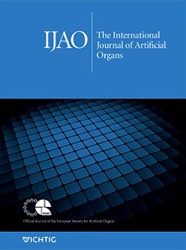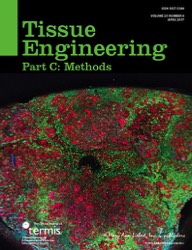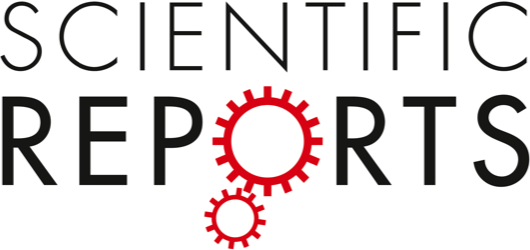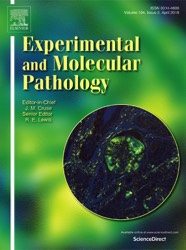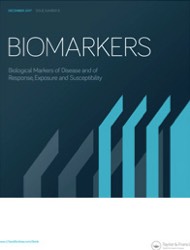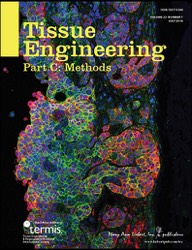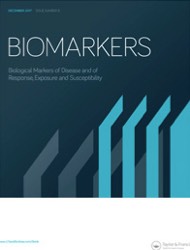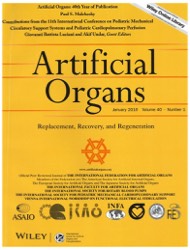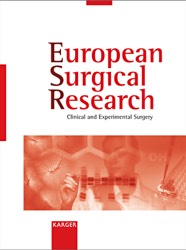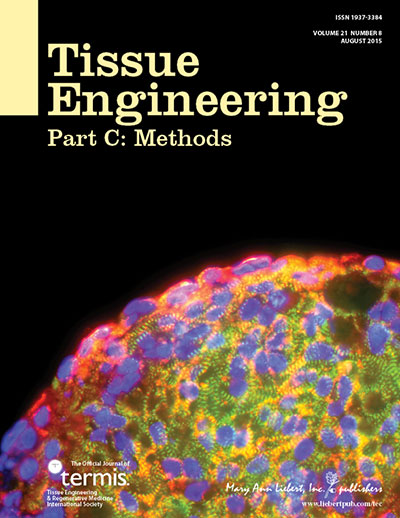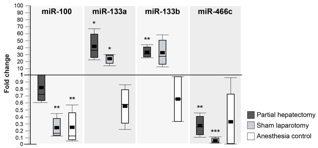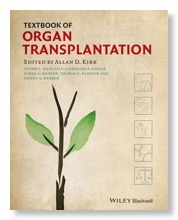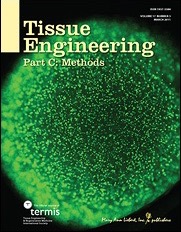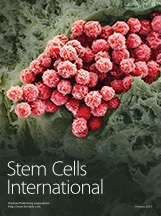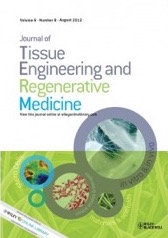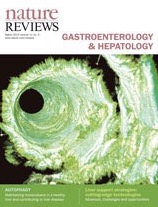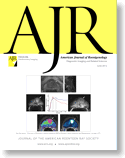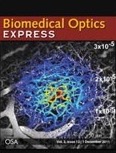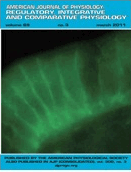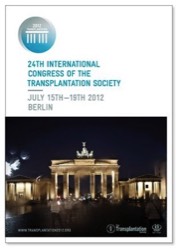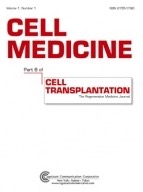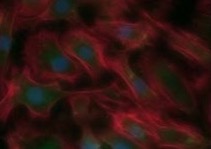Isolation of primary human hepatocytes & LiMax-test
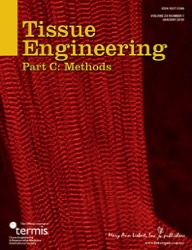
Authors are R.D. Major, M. Kluge, M. Jara, M. Nösser, R. Horner, J. Gassner, B. Struecker, P. Tang, S. Lippert, A. Reutzel-Selke, D. Geisel, T. Denecke, M. Stockmann, J. Pratschke, I.M. Sauer, and N. Raschzok.
The need for primary human hepatocytes is constantly growing, for basic research as well as for therapeutic applications. However, the isolation outcome strongly depends on the quality of liver tissue, and we are still lacking a preoperative test that allows the prediction of the hepatocyte isolation outcome. Here we evaluated the “maximal liver function capacity test” (LiMAx) as predictive test for the quantitative and qualitative outcome of hepatocyte isolation. This test is already used in clinical routine to measure preoperative and to predict postoperative liver function.
The patient’s preoperative mean LiMAx was obtained from the patient records and preoperative CT and MRI images were used to calculate the whole liver volume in order to adjust the mean LiMAx. The outcome parameters of the hepatocyte isolation procedures were analyzed in correlation with the adjusted mean LiMAx.
Primary human hepatocytes were isolated from partial hepatectomies (n=64).
From these 64 hepatectomies we included 48 to our study and correlated their isolation outcome parameters with volume corrected LiMAx values. From a total of 11 hepatocyte isolation procedures, metabolic parameters (albumin, urea and aspartate aminotransferase) were assessed during the hepatocyte cultivation period of 5 days. The volume adjusted mean LiMAx showed a significant positive correlation with the total cell yield (p= 0.049;r= 0.242;n= 48). The correlations of volume adjusted LiMAx values with viable cell yield and cell viability did not reach statistical significance. A sub-group analysis of isolations from patients with colorectal metastasis revealed a significant correlation between volume adjusted mean LiMAx and total cell yield (p= 0.012;r= 0.488;n= 21) and viable cell yield (p=0.034;r=0.405;n=21). Whereas a sub-group analysis of isolations of patients with carcinoma of the biliary tree showed significant correlations of volume adjusted mean LiMAx with cell viability (r= 0.387;p= 0.046;n=20) and lacked significant correlations with total cell yield (r= - 0.060;p= 0.401;n=20) and viable cell yield (r= 0.012;p= 0.480;n=20). The volume-adjusted mean LiMAx did not show a significant correlation with any of the metabolic parameters. In conclusion, the LiMAx-test might be a useful tool to predict the quantitative outcome of hepatocyte isolation, as long as underlying liver disease is taken into consideration.


